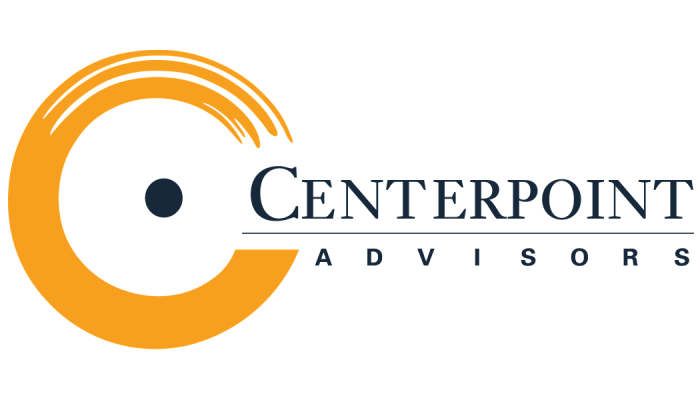Student Loan Forgiveness, Refund, and Repayment Changes.
September 9, 2022:
As you likely saw, President Biden recently announced student loan forgiveness for millions of Americans. Alongside the President’s announcement, the Department of Education also proposed changes to income-driven repayment plans. To answer a some frequently asked questions we thought it may be helpful to share a few links and details on what we know so far:
Student Loan Forgiveness Plan
- On August 24, 2022, President Biden announced $10,000 of debt relief per federal student loan borrower for those who did not attend college on Pell Grants. He announced $20,000 for those who did attend college on Pell Grants.
- The loan forgiveness is for individuals making under $125,000 a year and families making under $250,000 a year. Loans must have been taken out by June 30, 2022.
- If you’re a current borrower and a dependent student, you will be eligible for relief based on your parents’ income rather than your own.
- Borrowers for whom the Department of Education does not have accurate income information (the majority of borrowers) will need to apply for loan forgiveness. The application should be available by early October. It will take four to six weeks for the forgiveness to appear in a borrower’s loan profile, so the government recommends borrowers apply before November 15 to ensure the relief is applied by the time payments resume in January 2023. Sign up at studentaid.gov to be notified when the application opens.
- Borrowers will be able to apply for student loan forgiveness through December 31, 2023.
- President Biden also extended the pause on student loan repayments that was set to expire on August 31. Payments will begin again in January 2023.
- Something getting less attention than it should: If you made student loan payments during the pandemic pause, you can now receive a refund. Simply contact your loan servicer to begin the refund process.
Changes to Income-Driven Repayment Plans
The Department of Education has proposed changes to income-driven repayment plans:
- The proposal would cap monthly payments at no more than 5% of your discretionary income, down from 10% now. Remember, discretionary income is the money left after paying taxes and essential cost-of-living expenses.
- Borrowers with undergraduate and graduate loans will pay a weighted average rate.
- The plan would also forgive loan balances after ten years, instead of the usual 20, for those with original balances of $12,000 or less.
- Under this proposal, loan balances will not grow as long as you make your monthly payments, even if you’re not required to make payments.
- If you have worked for a government agency or a nonprofit organization, you may also qualify for the Public Service Loan Forgiveness Program
Please let us know if you have questions, and while many of the steps to receive loan forgiveness or payment refunds must be completed by the borrower themselves, we are happy to help Centerpoint clients where we can. We look forward to keeping you posted as more information becomes available.
